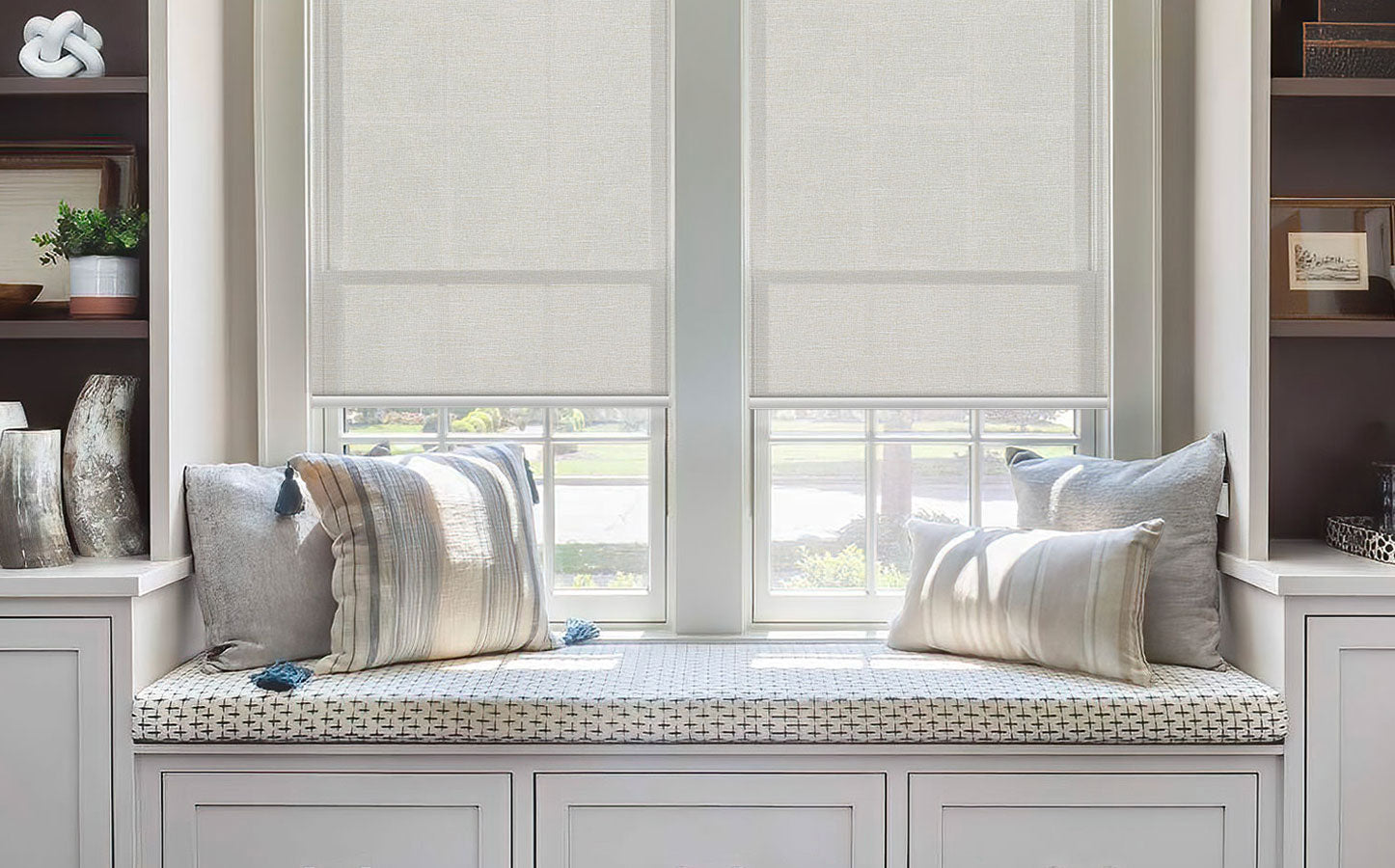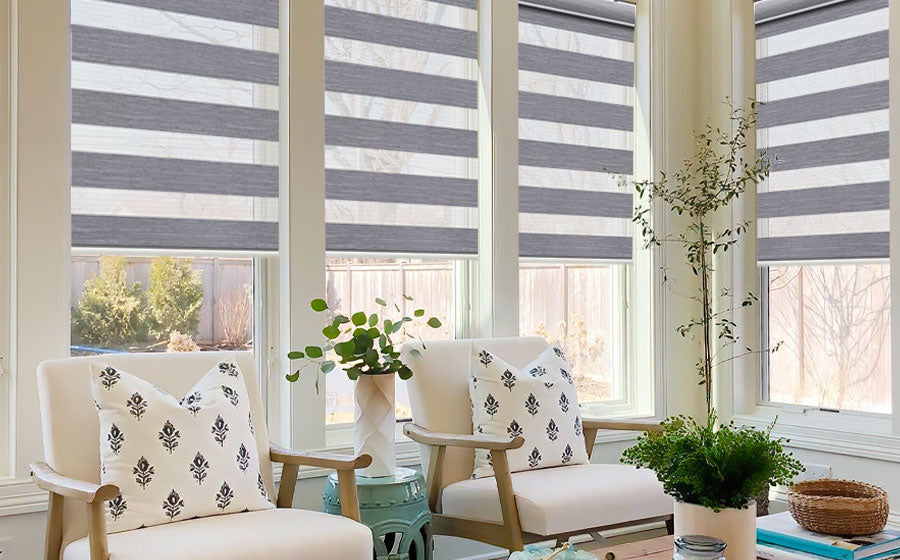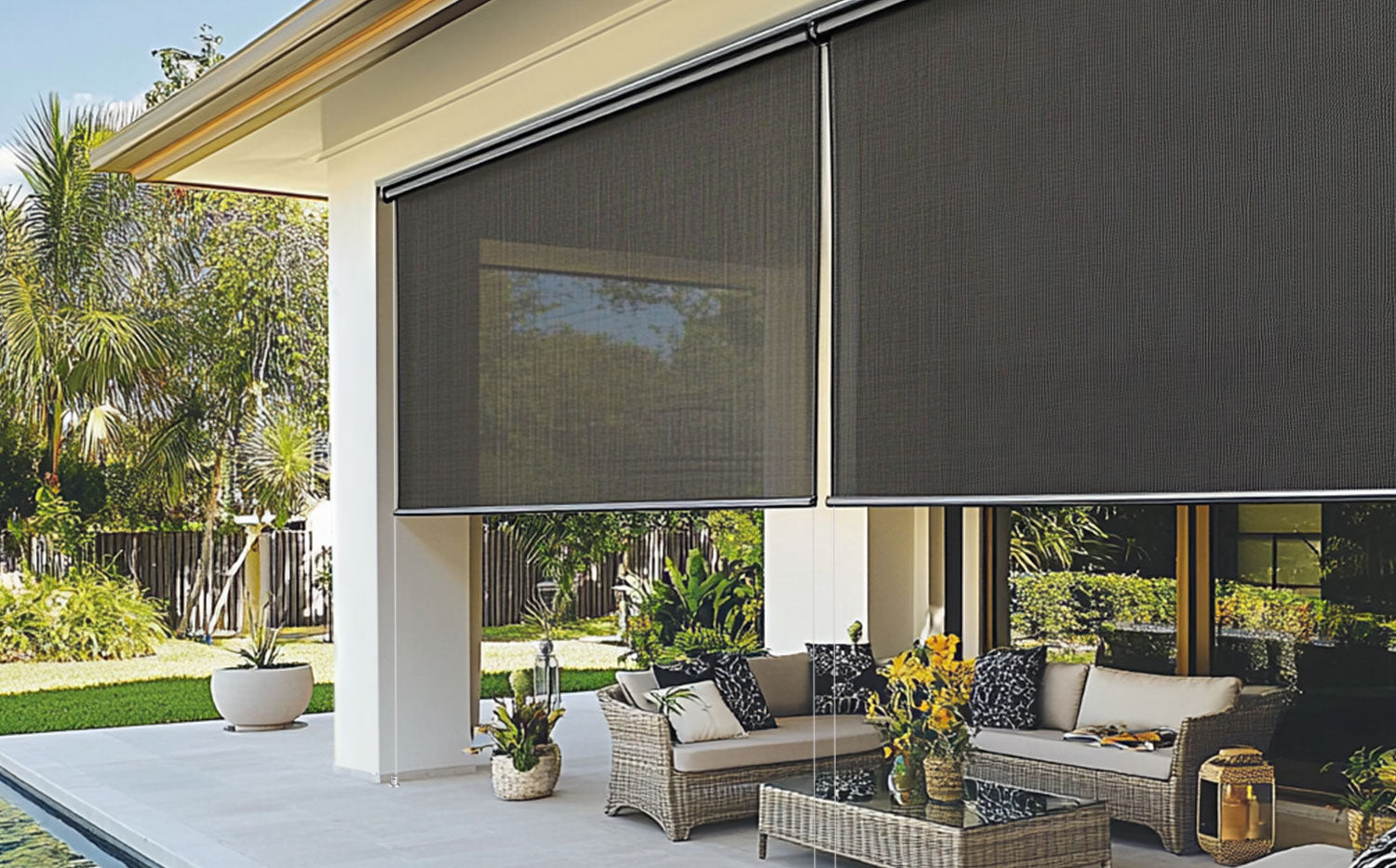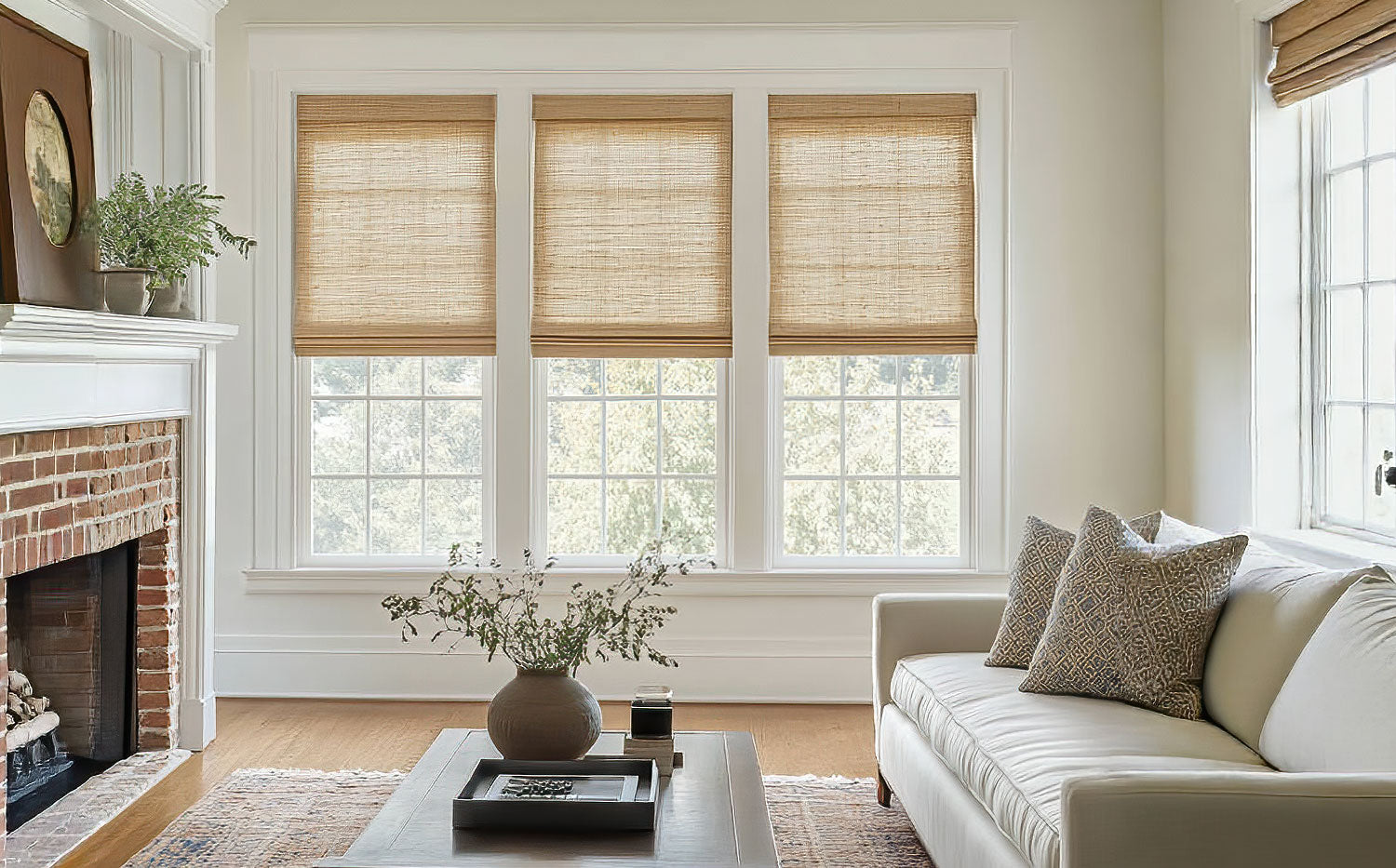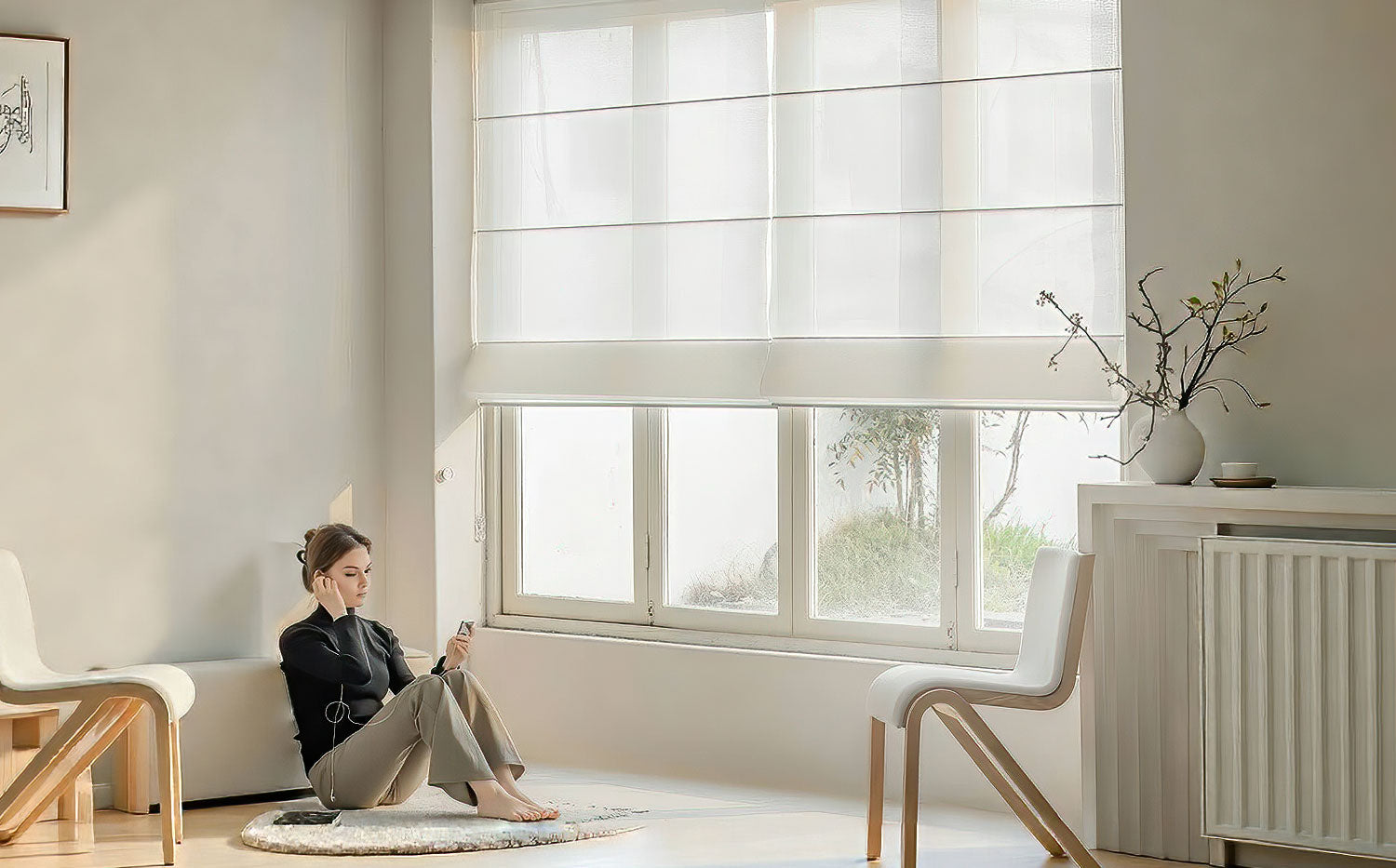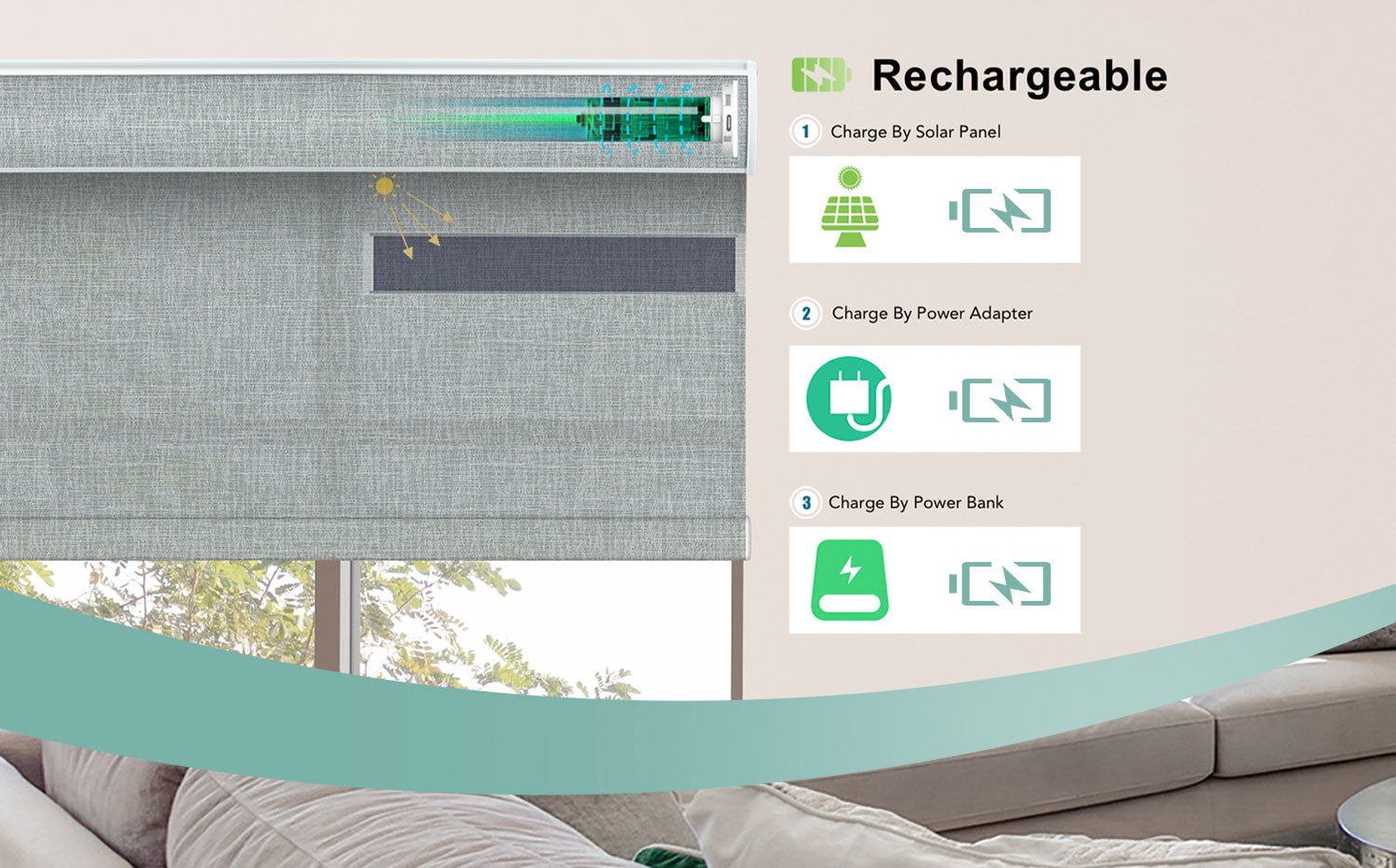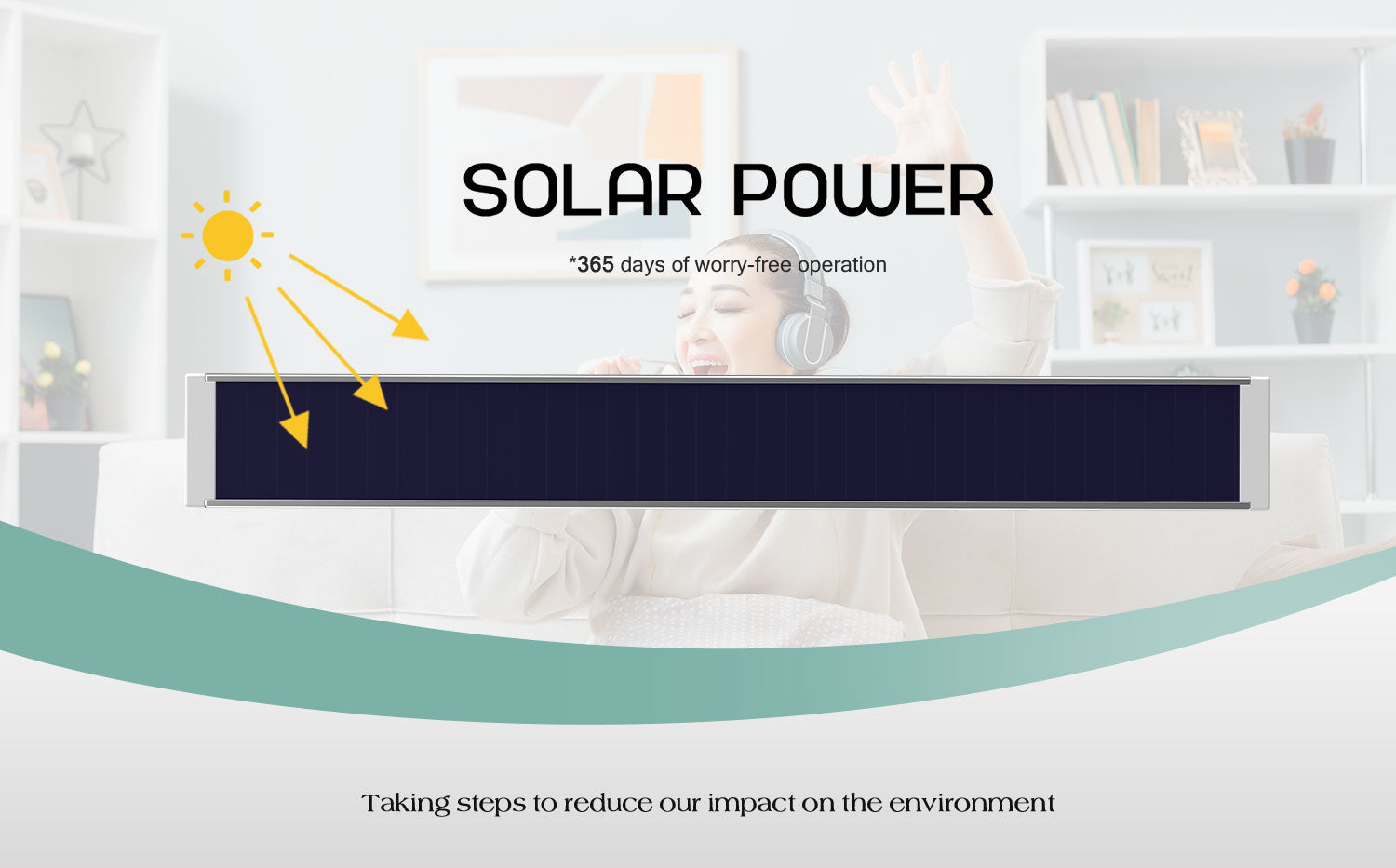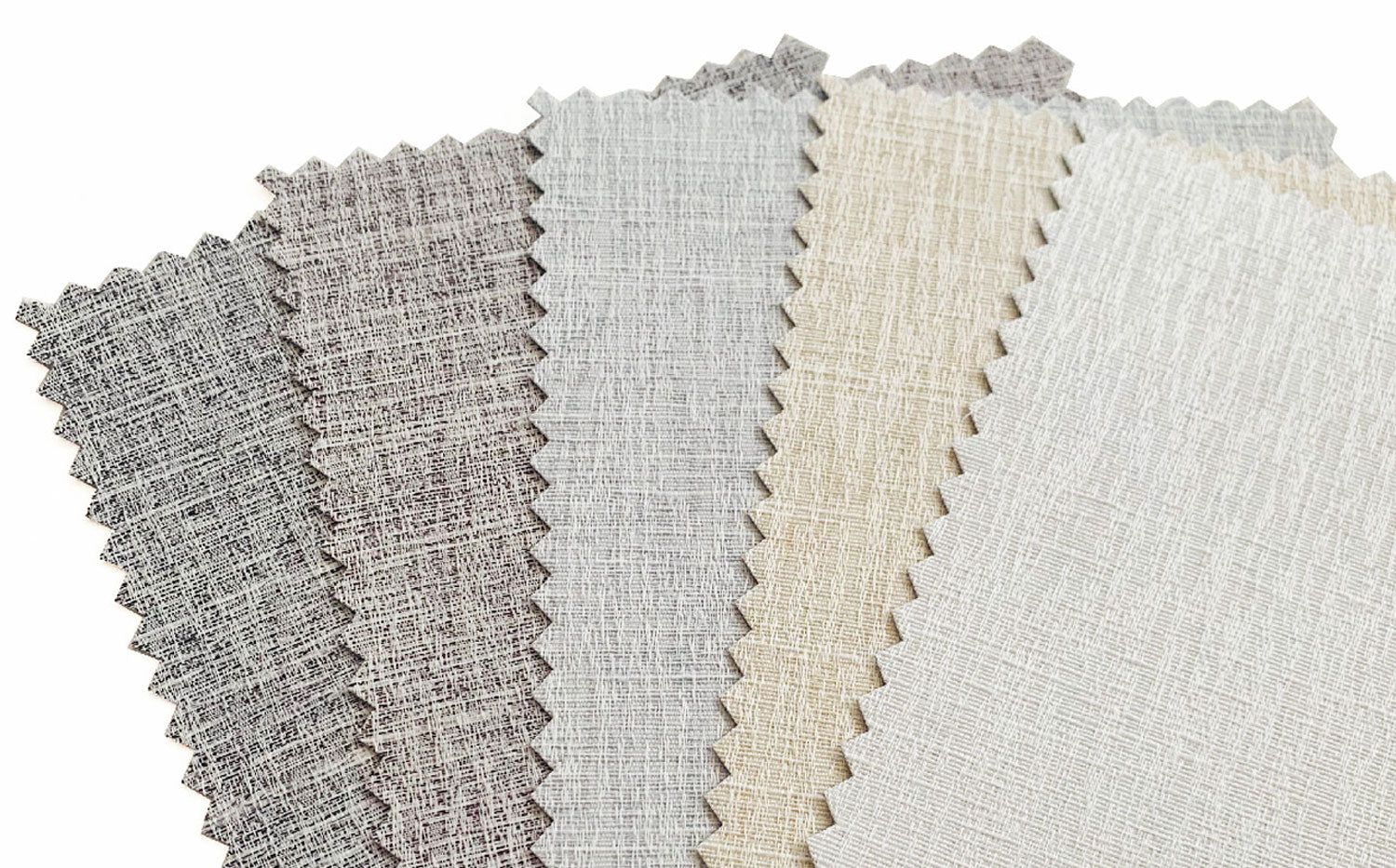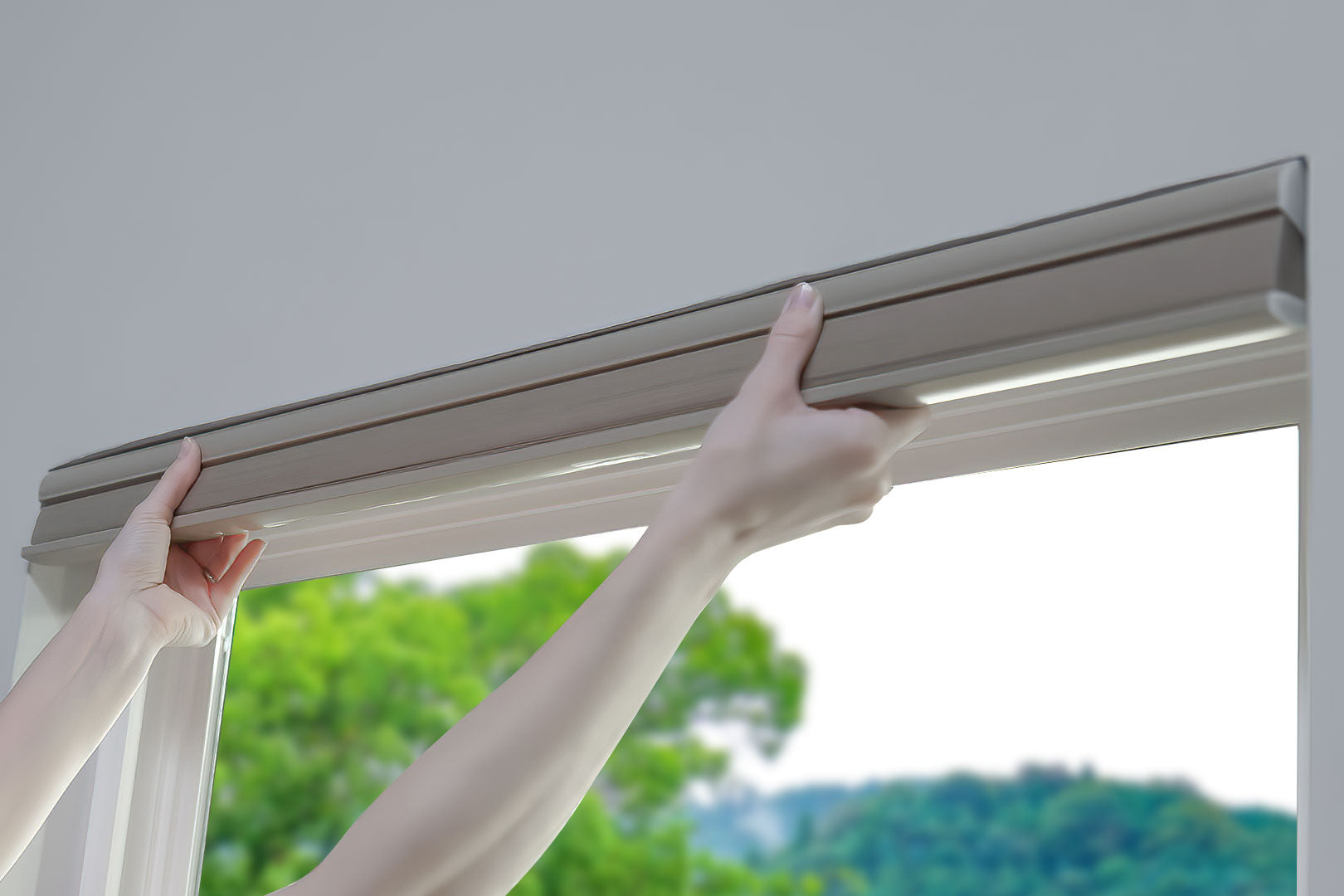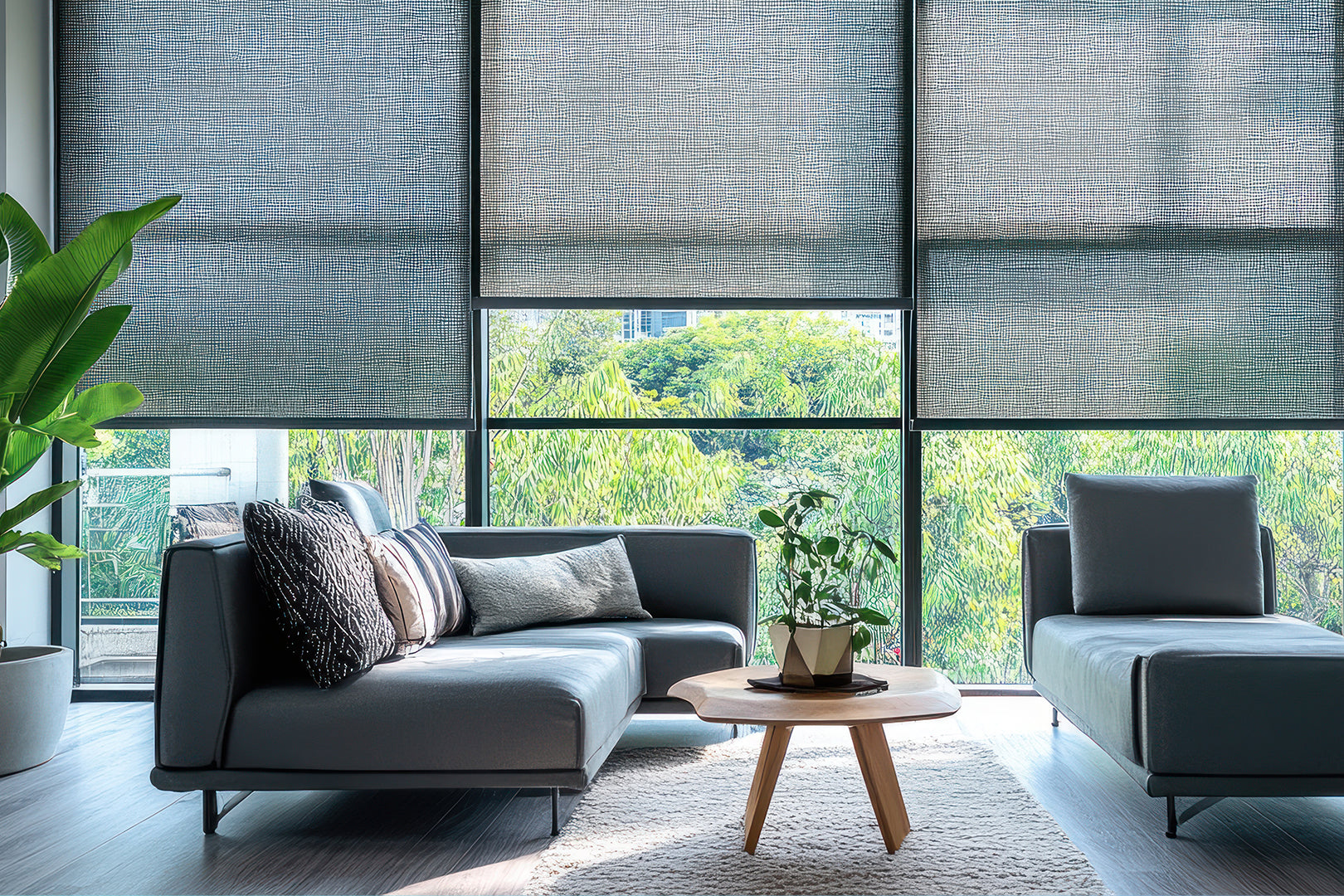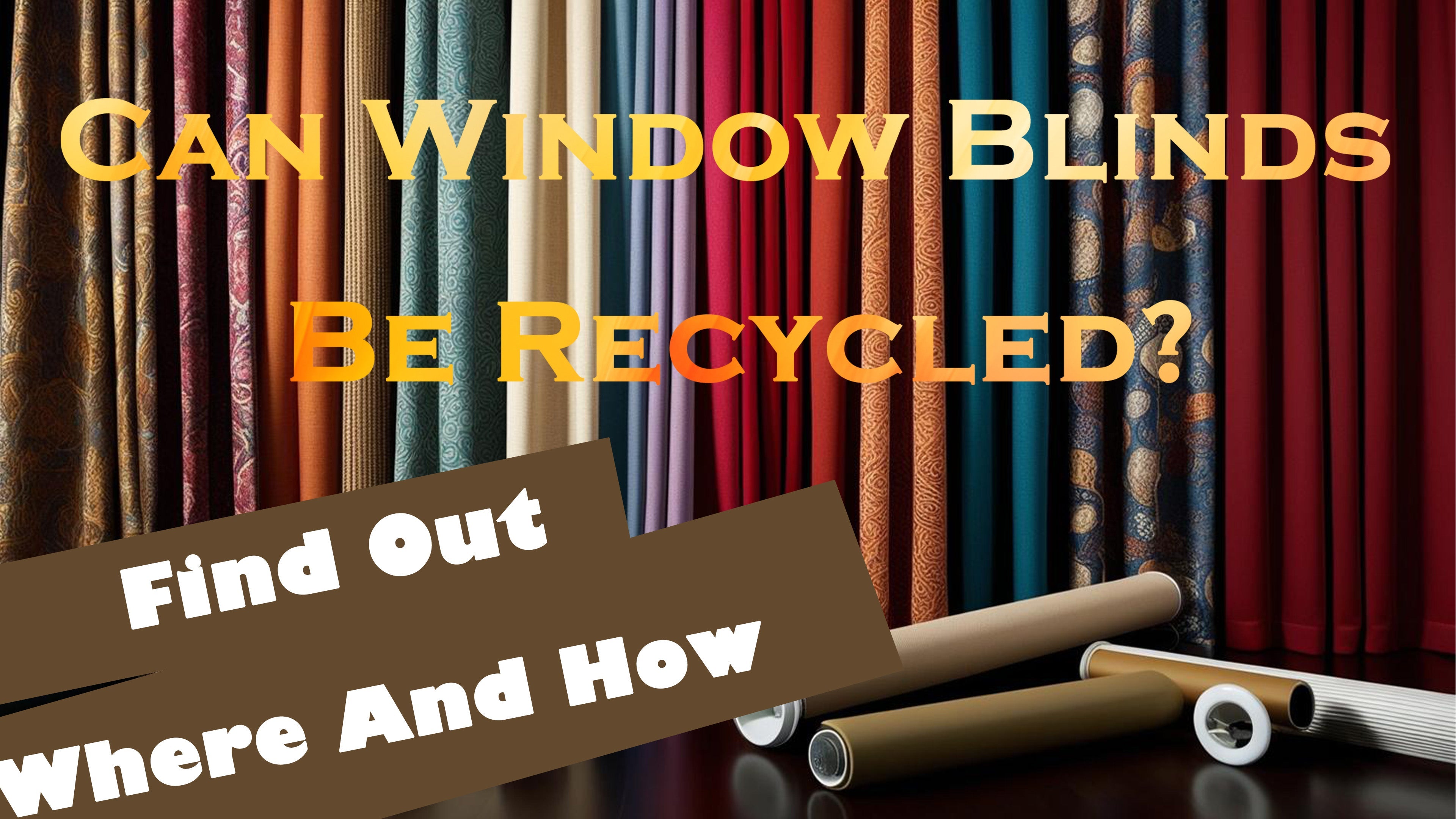
Those old window blinds gathering dust... what do you actually do with them? Tossing them feels wrong, right? Yet figuring out if you can recycle window blinds often leads to confusing answers or dead ends. It’s a frustrating spot for anyone wanting to dispose of things responsibly.
You're in the right place to get clear answers. We'll break down:
● Why recycling blinds is surprisingly tricky.
● Which blind types might be recyclable.
● How to find local recycling or disposal options.
● Properly prepping blinds if recycling is possible.
● Smart alternatives beyond the recycling bin.
At Blinds Magic, we believe in solutions that last. Our focus is on high-quality, eco-friendly smart blinds designed for longevity and efficiency, helping you sidestep disposal dilemmas down the road. We build them smart, so you replace them less.
Why Recycling Blinds is Surprisingly Tricky
So, you've got old window blinds. You want to do the right thing, maybe recycle them like you do with plastic bottles or aluminum cans. Seems simple enough, doesn't it? But then you hit a wall. Recycling blinds is often much harder than expected.
The main problem lies in their construction. Blinds are rarely made of just one thing. Picture a typical blind: it might have vinyl or plastic slats, a steel headrail, nylon or polyester cords, and maybe even wood or fabric elements mixed in. Recycling facilities are set up for clean streams of single materials, not this kind of complex jumble.
Then there's the disassembly issue. To recycle any part, the blinds usually need taking apart. Separating the metal from the plastic, the cords from the slats… it's fiddly and time-consuming work. Most recycling centers simply don't have the staff or equipment to handle this detailed breakdown for every set of blinds that comes in.
Even if you manage to separate the parts, you hit another snag. Those specific types of plastic, treated wood, or synthetic fabrics used in blinds? They often don't have an established recycling pathway like common PET plastic (#1) or HDPE plastic (#2) does. There's simply no market or process for them in many areas.
In short, the main roadblocks are:
● Mixed Materials: Too many different components tangled together.
● Difficult Disassembly: Taking them apart is labor-intensive.
● Lack of Programs: Specific plastics or fabrics often aren't accepted.
● Local Variations: Recycling capabilities differ greatly from place to place.
This mix of factors makes finding a straightforward recycling route for old blinds a real challenge for most people.
Which Blind Types Might Be Recyclable

We've established that recycling blinds isn't simple. But don't lose hope just yet. The material your blinds are made from makes a big difference. Some types have a slightly better chance than others, although extra steps are almost always needed.
● Aluminum or Metal Blinds: Ding, ding, ding! These are often your most likely candidates for recycling. Why? Because metals like aluminum and steel are valuable and commonly recycled. The catch: you must prepare them. This means removing all non-metal parts – the nylon/polyester lift cords, any plastic wands, and plastic or wood end caps. Once you have just the clean metal slats and headrail, scrap metal dealers or your local recycling center might take them. Always call first.
● Wood and Bamboo Blinds: They seem natural, so maybe compostable or recyclable? Probably not. Most commercial wood or bamboo blinds are treated with paints, stains, or varnishes. These chemicals mean they can't be composted or processed with clean wood waste. Unless you find a very specific local program for treated wood (which is rare), these usually belong in the trash.
● Vinyl and PVC Blinds (Plastic): Here's where it gets tricky again. The vast majority of plastic blinds are made from PVC (marked with #3). This type of plastic is notoriously difficult to recycle and is rarely accepted in curbside bins or standard recycling centers. Specialized recycling programs for PVC exist, but they are few and far between. For most people, these plastic blinds end up as landfill waste.
● Fabric Shades (Roman, Cellular, etc.): These are typically a no-go for recycling. Think about cellular shades – layers of fabric, internal cords, often plastic or metal components in the headrail, all held together with adhesives. Separating these bonded materials is impractical for recycling facilities.
Sorting through these options can feel like a chore. It really shows how choosing durable, high-quality window treatments from the beginning matters. Thinking about materials and longevity upfront—like the eco-conscious and smart blind options offered at Blinds Magic—can help minimize these disposal headaches later on.
How to Find Local Recycling or Disposal Options
So, you've figured out what kind of blinds you have and maybe identified if parts are potentially recyclable (looking at you, aluminum). Now for the tricky part: finding out where they can actually go. Disposal rules are hyper-local, meaning what your cousin does two towns over might not apply to you. You need to check your specific area.
Here’s a practical approach to hunt down that info:
● Start with Your Official Local Source: This is job number one. Head straight to the website for your city, county, or local sanitation department. Search for their "Recycling Guide," "Waste Disposal Information," or similar sections. Look for specific instructions on bulky items or blinds. This is always the most accurate source for your location.
● Try Online Recycling Finders (With Caution): Tools like Earth911 or similar search databases can offer clues, especially in the US. But treat them as starting points only. Their information isn't always current or completely accurate for every locality. Always confirm what you find there with your official local sources.
● Make the Call: Can't find clear answers online? Don't hesitate to call your municipal waste management office or the local recycling center directly. Explaining what you have ("prepared aluminum blinds," "old vinyl blinds") can often get you the specific guidance you need.
● Scout Out Scrap Metal Dealers (Aluminum Only): If you successfully dismantled aluminum blinds and have clean metal parts, look up local scrap metal recyclers. Give them a ring to see if they accept residential drop-offs of prepared aluminum blinds and ask about their process.
● Consider Reuse and Donation: Are the blinds still working and looking decent? Before trashing them, check if local charities, thrift shops (like Habitat for Humanity ReStore or Goodwill are common places to check), or community reuse centers accept them. It's the best environmental option if they're still usable. Always call first to confirm they take blinds.
● Check for Mail-Back or Retailer Programs: It's a long shot for blinds, but some manufacturers or retailers might have specific take-back programs. A quick search for "[Your Blind Brand] + recycling program" could turn something up, but don't bank on it.
The key takeaway? Verify locally. A little digging on your local government website or a quick phone call is usually the fastest way to get the correct disposal instructions for your old blinds.
Properly Prepping Blinds If Recycling Is Possible

So, you did the legwork and found a place that actually accepts some part of your blinds – most likely the metal from aluminum ones. Fantastic. But your job isn't quite done. To give those materials the best chance of actually being recycled, you need to prep them correctly. Think of it like washing out your yogurt cups – necessary steps for success.
Here’s a breakdown of the typical prep work involved:
1. Gather Your Tools: You won't need a full workshop. Usually, a sturdy pair of scissors or a utility knife for cords, and perhaps pliers or a flathead screwdriver for stubborn plastic bits, will do the trick.
2. Remove Every Single Cord: This is step one and it's vital. Carefully cut and pull out all the fabric or nylon components. That means the lift cords, the tilt cords, and those vertical "ladder" strings that hold the slats. Get all of it out.
3. Pop Off Wands and Caps: Detach the plastic wand used for tilting. Then, remove any plastic or wood end caps found on the top headrail and the bottom rail. These might slide off, or they might need a gentle nudge with pliers or a screwdriver.
4. Strict Separation is Key: Keep the stuff you remove (cords, plastic pieces, wood bits) completely separate from the potentially recyclable material (like the aluminum slats and headrail). The non-recyclable parts generally go into your household trash.
5. Consider a Quick Clean: If the slats are really dusty or grimy, a quick wipe-down might be appreciated, but check first. Scrap metal dealers often care less about dust than about ensuring only metal is present.
6. Bundle If Required: Some facilities might ask you to bundle the cleaned slats together neatly (using tape or string). Others want them loose. Don't guess – find out what your specific recycler prefers.
7. Confirm Before You Go: Seriously, make one last call to your chosen drop-off location. Briefly describe how you've prepped the blinds ("I have clean aluminum slats and headrails, all cords removed") and confirm they're ready for drop-off. This avoids wasted trips.
Yes, it requires a little elbow grease. However, taking these steps ensures that the materials you painstakingly separate actually have a fighting chance of becoming something new, instead of being rejected at the recycling facility.
Smart Alternatives Beyond the Recycling Bin
So, you've tried the recycling routes, maybe prepped some aluminum, but still face the reality that many blinds are destined for the landfill. It’s frustrating. But what if we thought beyond just disposal? There are creative reuse options and, more importantly, ways to choose better for the future.
● Donation: The Best Reuse: Just a quick reminder – if those old blinds are still clean, intact, and fully functional, donating them is easily the greenest choice. Check with local charities or reuse centers to see if they accept them before trying anything else.
● Upcycling: Get Creative with Parts: For blinds that are broken or only partially usable (especially separated wood, vinyl, or aluminum slats), think repurposing:
○ Snip slats into durable markers for your garden plants.
○ Use pieces to label shelves or storage bins.
○ Get crafty – incorporate slats into DIY projects like unique wall art or coasters (a quick online search reveals lots of cool ideas).
● Shift Your Mindset: Choose Longevity: This whole disposal challenge really underscores something important. Perhaps the best alternative is buying blinds less frequently. Investing in high-quality, durable window treatments upfront means less waste and hassle later. Look for blinds built to last or designed for easier repair.
This is where switching to smart blinds becomes a truly compelling alternative. Companies like blindsmagic.com focus specifically on creating long-lasting, efficient solutions.
● We prioritize durable and eco-conscious materials, backed by certifications like OEKO-TEX and GreenGuard, meaning quality you can trust.
● Smart automation—like scheduling or voice control—means less manual pulling and adjusting, significantly reducing everyday wear and tear that breaks down traditional blinds.
● Built-in energy-saving modes and sensor integration help manage your home's light and temperature efficiently, cutting energy costs and shrinking your environmental footprint.
Ultimately, choosing smarter window treatments from the start is a powerful alternative. By opting for quality, efficiency, and maybe a little bit of tech, you invest in comfort and convenience that lasts, helping break the cycle of dispose-and-replace.
Ditch Disposal Dilemmas with Blinds Magic
Figuring out what to do with old window blinds takes effort, as recycling them isn't straightforward. But armed with the right info, you can navigate the options more effectively than just defaulting to the trash bin.
Keep these main takeaways in mind:
● Most blinds mix materials, making standard recycling very difficult.
● Aluminum blinds are your best bet for recycling, if prepped correctly.
● Always verify rules with your specific local waste authority.
● Properly removing cords and non-recyclable parts is crucial.
● Consider donation, reuse, or upcycling before tossing them out.
Dealing with this process really highlights the value of choosing well from the start. With Blinds Magic, you invest in high-quality, eco-friendly smart blinds designed for longevity and energy efficiency. Enjoy years of comfort and convenience, and avoid the disposal puzzle next time around.

